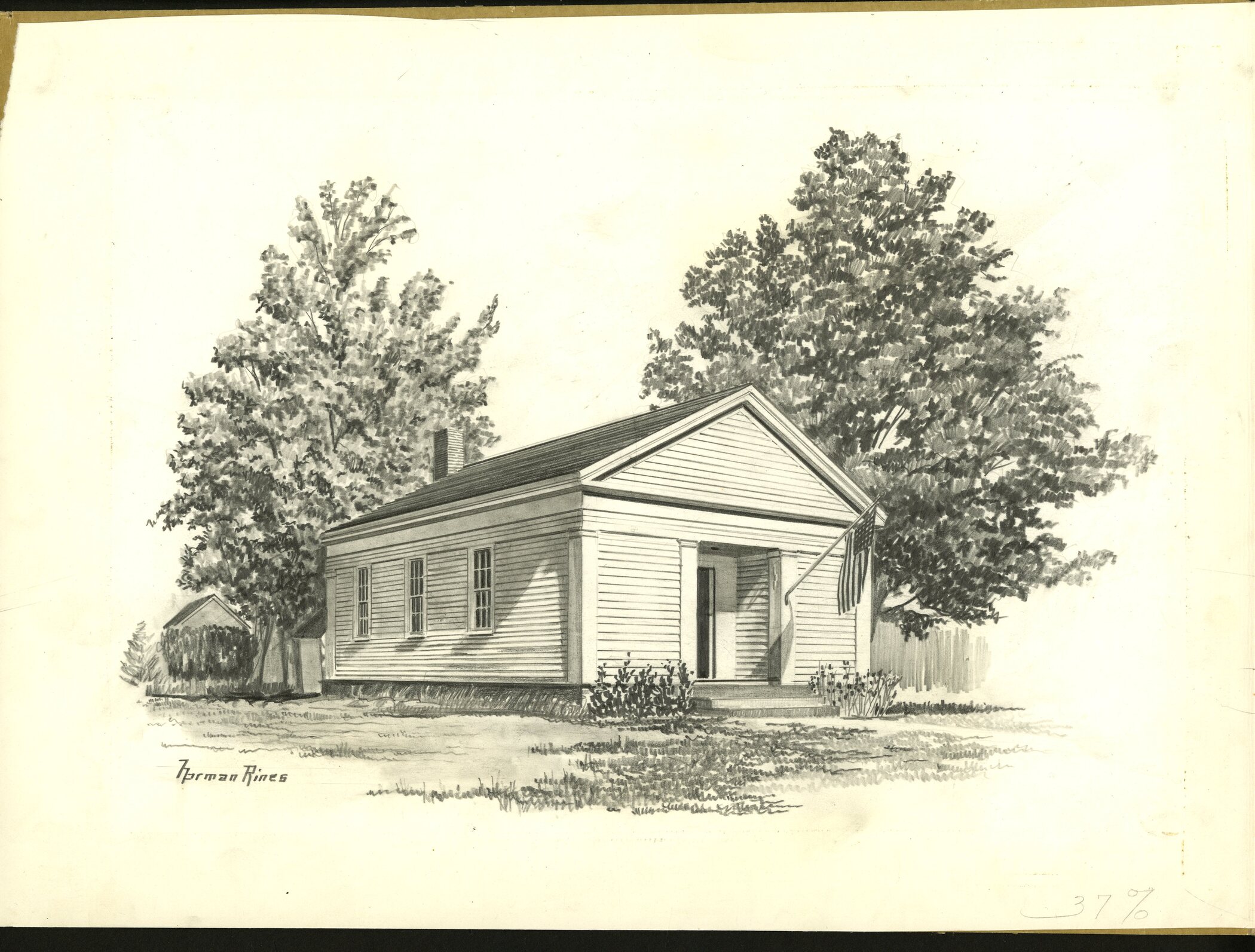Moor's Charity School
Background
Before the creation of Moor’s Charity School (MCS), Eleazar Wheelock individually tutored students. Eventually, Wheelock transitioned by individually tutoring students to founding Moor’s Charity School in 1754 in Lebanon, Connecticut. The creation of the school was structured around the theory that Native Americans would do a more efficient job as missionaries and schoolmasters than their white counterparts because of their ability to speak Native languages and the connections and trust already existing between them and Native communities. However, Wheelock soon came to the realization that after his Native male students left MCS, they would abandon his teachings and return to their traditions and community. To combat this, he began to admit Native female students into the school in 1761. From 1761 to 1769, Wheelock brought ten female students from influential families in their community to Moor's Charity School. They were essential tools for Wheelock's plan to Christianize and civilize Native Americans, their education was for the advantage of their male counterparts. Years later, in 1769, Moor's Charity School relocated to Hanover, New Hampshire. MCS and Dartmouth College coexisted for some time, however, the school eventually transformed into Dartmouth, shifting the focus from educating Native students to educating white men.
"Dr. Wheelock's scheme of civilizing and Christianizing the Indians included [them or their] girls as well as boys. It [could] not succeed otherwise"
Richardson, pg. 14
The women received one hour each week of reading and writing
Life at Moor's Charity School
The Native men and women who attended the school did not receive a similar education. The boys lived in dorms and learned math, reading, Latin, Greek, English, Virgil, and Cicero. However, they were required to work on Eleazar Wheelock's farm free of charge about once a week.
This was in stark contrast to the Native women’s curriculum. Whereas the education for the men focused on education in classes with physical labor was seen as a second in importance, the women had the opposite curriculum. They lived with local families and learned housekeeping chores. The motivation behind their education is made clear. Moreso when uncovered that the women received one hour each week of reading and writing.
 Historical Accountability Student Research Program
Historical Accountability Student Research Program

